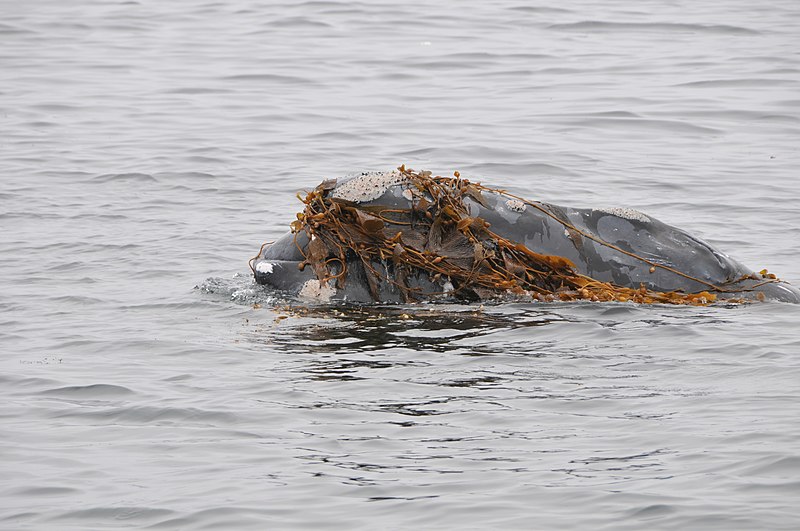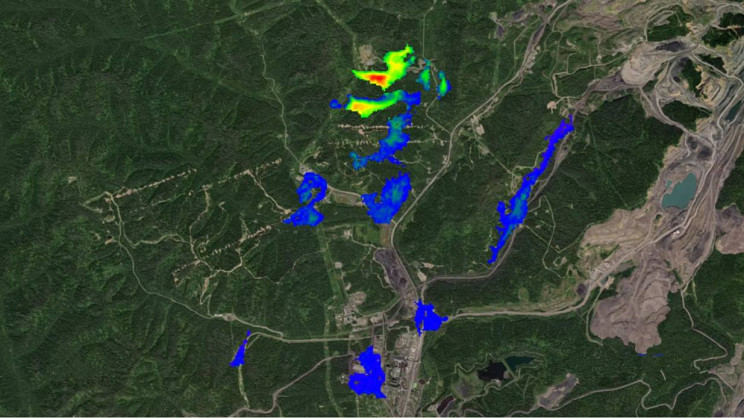More than 100 instances of whales engaging in playful interactions with seaweed have been documented on various social media platforms. This captivating behavior, known as ‘kelping,’ has been observed in regions including Australia, the United States, and Canada.
Multiple whale species, such as gray whales, southern and northern right whales, and humpback whales, exhibit this behavior.
Drones have provided researchers with a fresh perspective for studying kelping. Through drone videos, they actively observe humpback whales searching for seaweed. These interactions are not brief; whales can engage with seaweed for extended periods, sometimes up to an hour.
In a 2011 study conducted in New South Wales, researchers characterized these interactions as playful behavior. Other studies have also documented instances of whales in Colombia moving logs through the water or interacting with jellyfish along the East Coast of the United States.
Unraveling the Purpose of Kelping
Researchers compiled data from over 100 kelping events captured and shared on social media. From this data, they made two significant discoveries. First, kelping is indeed a playful behavior. Second, it likely serves some practical purposes as well.
To assess the first aspect, which is pleasure, researchers examined three conditions: voluntary engagement, the presence of enjoyment, and the deviation from typical behavior. Additionally, they observed whether whales exhibited this behavior while in good health. Each of these circumstances contributes to our understanding of pleasure.
However, the seaweed hat, in addition to its charming and stylish appearance, serves some practical purposes. Since whales lack hands, they use seaweed to address various issues, including itch relief, barnacle removal, and managing infestations of whale lice.
This research sheds light on the gentle and inquisitive nature of these majestic creatures as they playfully engage with seaweed. It reminds us that nature continues to hold numerous mysteries waiting to be unraveled.







